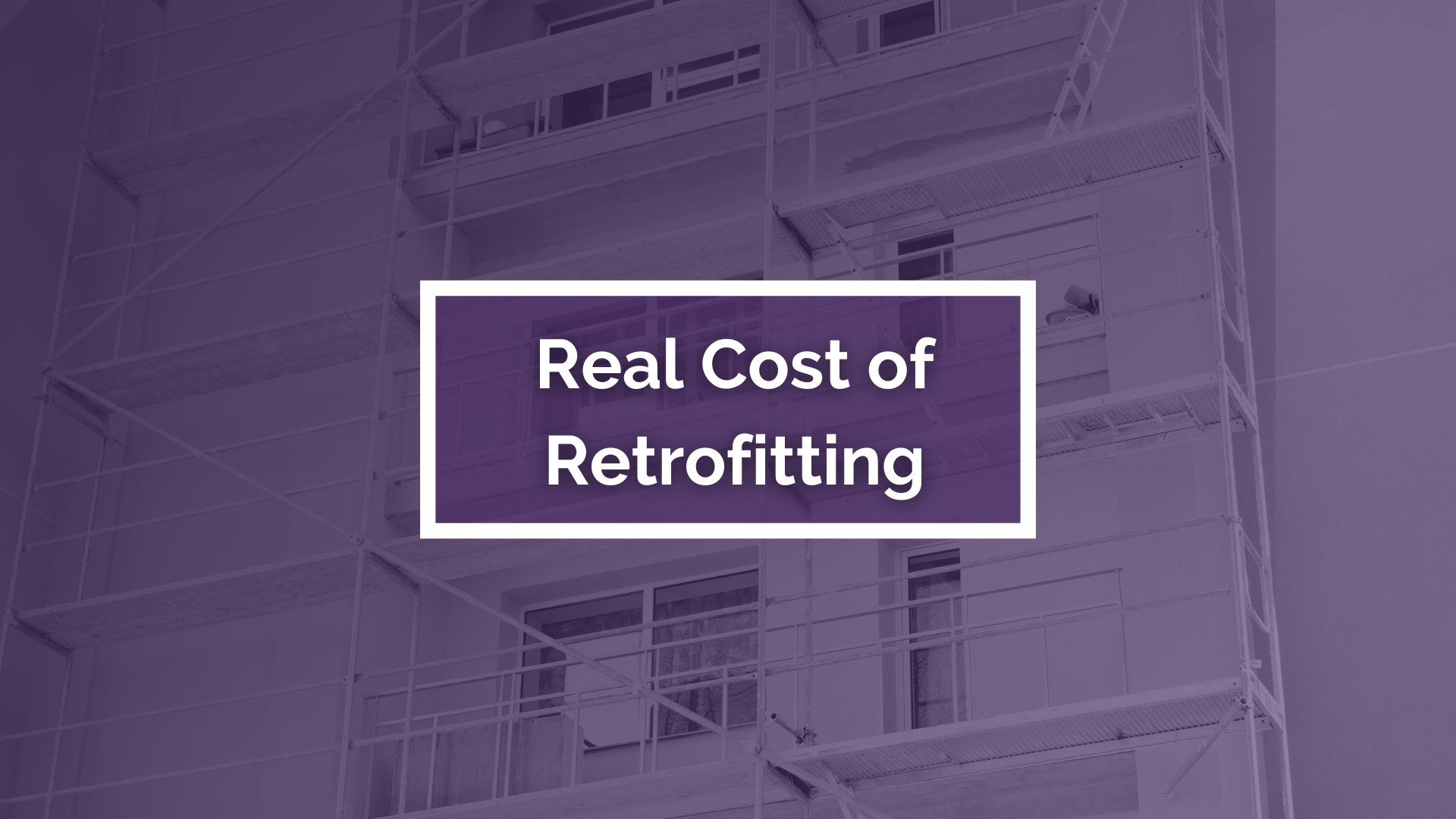Real Cost of Retrofitting
The Real Cost of Retrofitting Report dives into the true cost of renovating office buildings, uncovering the financial, regulatory, and sustainability challenges that shape these projects. It explores how factors like a building’s condition, energy efficiency upgrades, and compliance with evolving standards impact overall expenses. With strategic planning, renovations can transform outdated spaces into modern, high-performing workplaces.
However, the findings reveal that hidden costs and shifting market demands can make or break a renovation project. While refurbishment often presents a smarter alternative to new construction, success lies in balancing costs with long-term value, tenant expectations, and sustainability goals. Forward-thinking decisions are key to unlocking the full potential of office renovations.
Key Findings from the Report:
- Cost Variability: Renovation costs vary significantly depending on building condition, location, and the level of upgrades required.
- Sustainability Focus: Energy efficiency improvements and sustainability upgrades can drive costs higher but offer long-term savings and compliance benefits.
- Regulatory Challenges: Stricter building regulations and planning requirements add complexity and expenses to renovation projects.
- Hidden Expenses: Unexpected structural issues, outdated infrastructure, and tenant fit-out costs often inflate budgets.
- Market Demand: Renovation projects must align with evolving tenant expectations, including flexible spaces and modern amenities.
- Cost-Effectiveness: While renovation can be more economical than new construction, strategic planning is crucial to maximizing value and avoiding cost overruns.

